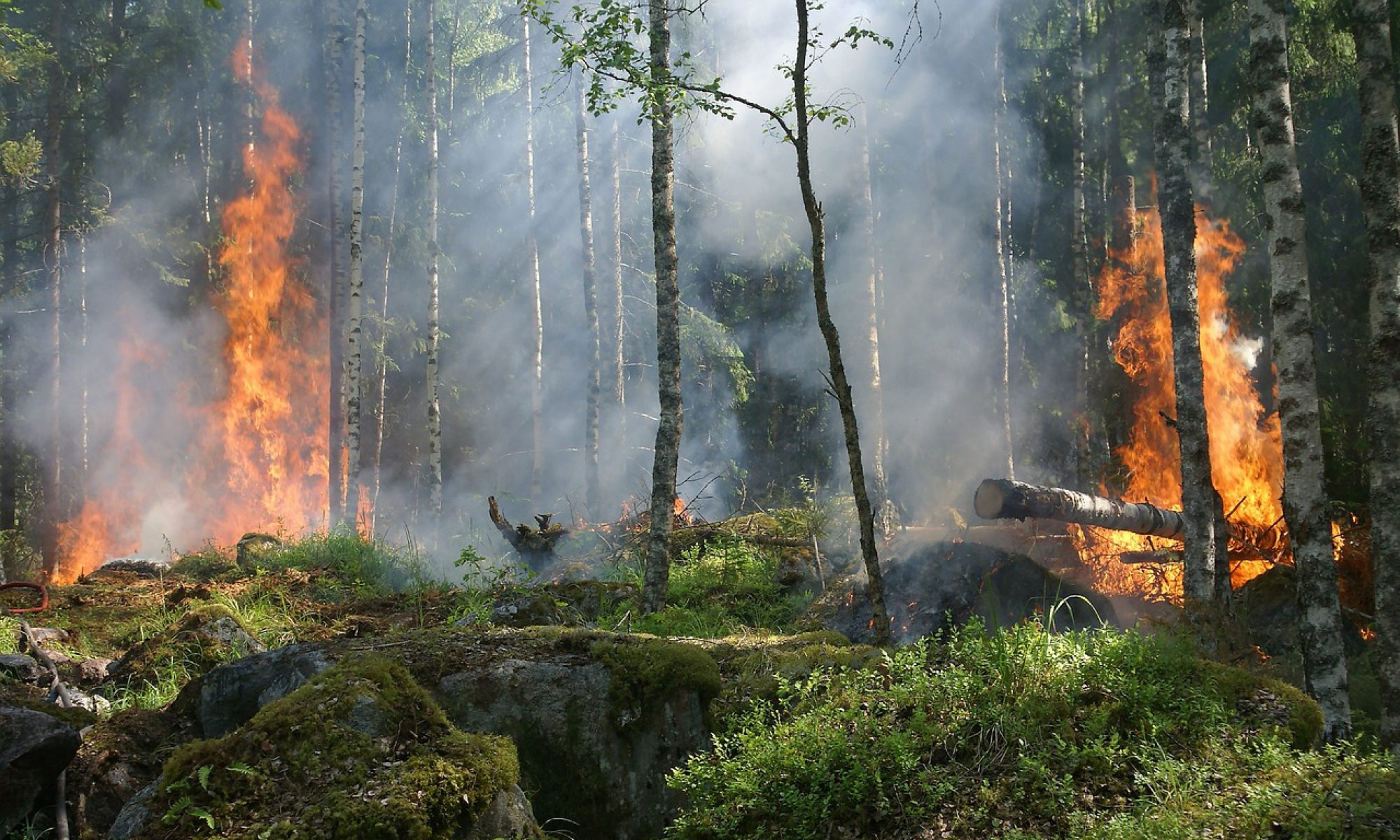This week I focused on narrowing down the design of the wireless sensor network. After having spoken to Prof. Mukherjee, we pivoted to a time-division multiplexing approach rather than an asynchronous medium access control method to optimize power consumption even further. Furthermore, to reduce maintenance cost, we want our network to be resilient to link failures (e.g. if multipath effects caused by inclement weather degrades the quality of the channel between two nodes). Since a forest fire is not a frequent occurrence, and since the time before spreading to an open fire is 60 minutes, we would like to detect node failures (or critical link failure) within a timeframe of 15-30 minutes of the actual event. After having read a paper on TDM MAC for wireless sensor networks by Koutsonikolas and Salonidis, I decided to base our forest fire WSN’s MAC algorithm off their approach. Now, we have a good method for ensuring that sensor data can be transmitted and forwarded across the network from any node in the mesh network to the gateway. The clock synchronization method described in the paper enables each node to correct their clock drift in regular intervals, and to match up to a global transmission and reception schedule. I also soldered pin headers to the gas sensor and plan to test whether it can detect a match being lit next to it by interfacing it with an STM32 via SPI by Monday.

Carnegie Mellon ECE Capstone, Fall 2022 by Karen A., Ankita B., Arden D.